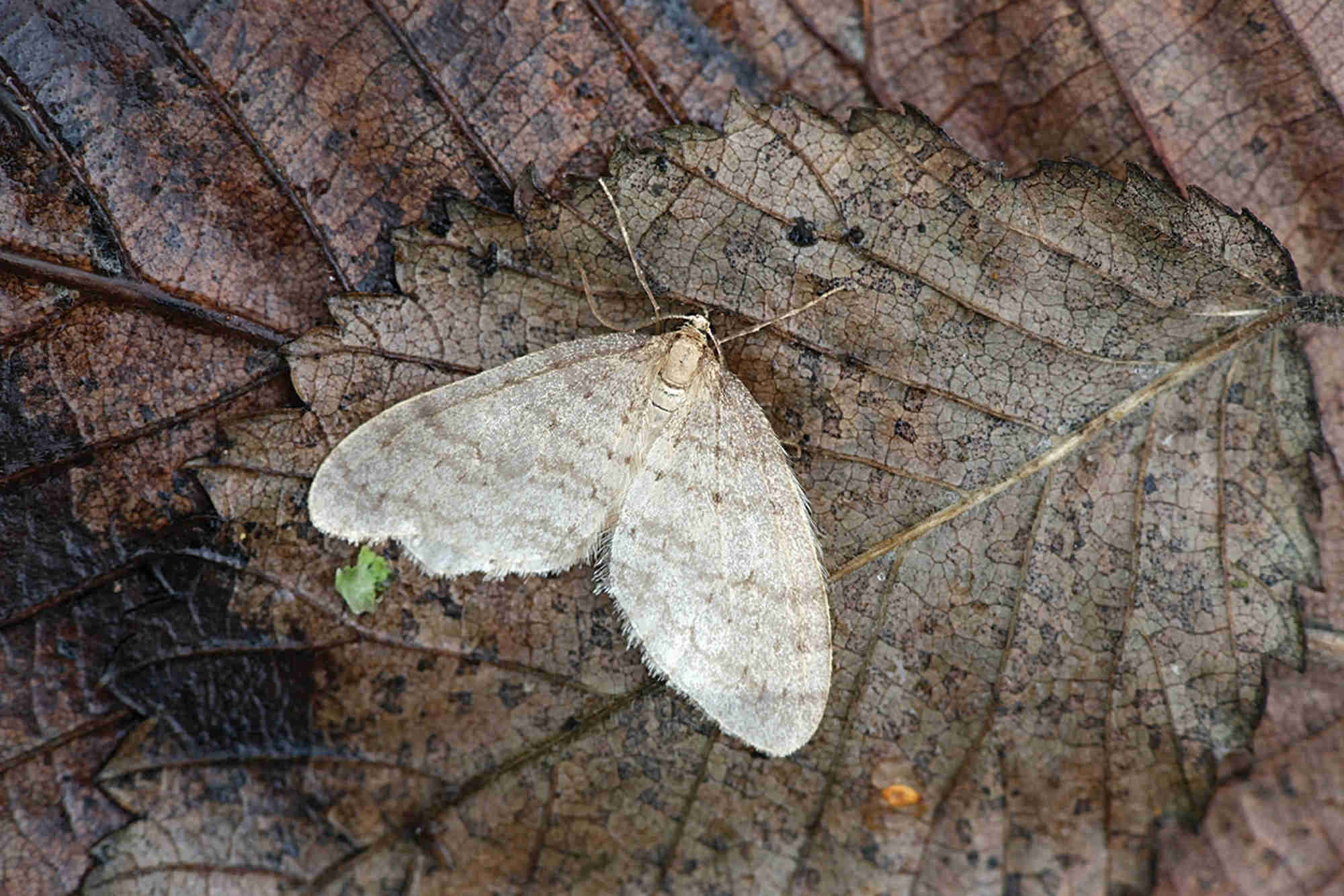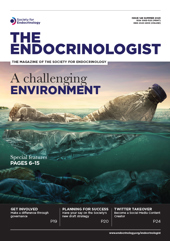Roelof Hut is Professor of Chronobiology at the University of Groningen, The Netherlands. He was one of the speakers at the ‘Cutting edge: endocrinology in a warming dirty world’ symposium at the Society for Endocrinology BES conference 2022, where he described the impact of global warming on animal thermoregulation and reproductive cycles. Louise Hunter, from The Endocrinologist’s Editorial Board, sat down with Professor Hut to learn more about his work.
Louise: What have the challenges been in studying global warming’s impact on animal physiology?
Roelof: To date, studying global warming has mostly been the domain of ecologists and conservationists. There hasn’t been sufficient interest from the physiology community, in my view. To assess the impact of climate change on animal health and behaviour, we need long term time series data: not only ecological data, but also molecular and physiological data (e.g. DNA sampling). If molecular biologists and endocrinologists are involved in studies from the start, those data can be collected. We can also combine data from these long term collections with laboratory studies, to see if results in the lab corroborate or explain what we see in the field.
L: Working with ecologists, you’ve been able to obtain fascinating insights into the impacts of climate change, particularly on animal reproductive cycles. Can you give some examples?

Moths are laying eggs earlier in the year due to global warming.
R: Sure. With climate change, there is a mismatch between seasonal patterns in photoperiod (day length) and temperature. Between species, reproductive cycles are differentially responsive to changes in photoperiod and temperature. With global warming, we see that moth eggs hatch earlier in the year.1 This places selection pressure on predators of moth caterpillars to also lay their eggs earlier in the year. We have shown that in the great tit (Parus major), gonadal development, but not egg laying, is sensitive to photoperiod.2 For egg laying to occur subsequently, another cue (e.g. temperature) is needed. If the great tit cannot adapt to synchronise its reproductive cycles with that of moth caterpillar availability – with increasing sensitivity to temperature, for example – its populations will dwindle.
To give you an example of our work in mammals: voles are a great species to study, as we have a very good understanding of their population cycles from historical trapping records. In the common vole (Microtus arvalis), our census data tell us that reproduction occurs earlier in cold springs (and vice versa). In the lab, we’ve shown that photoperiod and temperature interact to regulate reproductive organ development, with temperature being the dominant cue in the spring (we see larger reproductive organs under cold, rather than warm, conditions).3 Now that climate change is causing springs to become warmer, you can imagine how later reproduction, and therefore a shortened breeding season, would affect vole numbers. It’s possible that this may be one of the factors contributing to the collapse in vole populations that has been seen in Europe. And we don’t yet know how this is affecting the populations of higher predator species.
'Humans have inhabited coastal zones in high population numbers, but they also rely on food production with very limited genetic diversity; with that we have placed ourselves in the danger zone!'
L: How might your findings be used to protect species from the effects of global warming?
R: We have studied the winter moth (Operophtera brumata) in the field and in the lab. As I’ve stated, we know that global warming is causing moth eggs to hatch earlier. In the laboratory, we’ve looked at gene expression in winter moth embryos, to find out which temperature-responsive genes have an impact on embryo development.1 Natural variation in these genes might put some winter moth populations at particular risk from climate change (e.g. those showing homozygosity at a particular allele). If we can identify these populations, we can take steps to protect them, by introducing more genetic variation, for example.
L: Do you think your findings have relevance to human biology?
R: Human beings are unusual in that we don’t show seasonality in our reproductive cycles. So we can’t necessarily extrapolate our findings to humans. But what I can say is that we have seen that nature has some capacity to adapt to global warming, given that genetic diversity is sufficient. Humans have inhabited coastal zones in high population numbers, but they also rely on food production with very limited genetic diversity; with that we have placed ourselves in the danger zone!
REFERENCES
1. Van Dis NE et al. 2022 Molecular Ecology 31 5795–5812.
2. Salis L et al. 2019 Journal of Avian Biology doi:10.1111/jav.02197.
3. Van Rosmalen L et al. 2022 Molecular Ecology 31 3360–3373.






